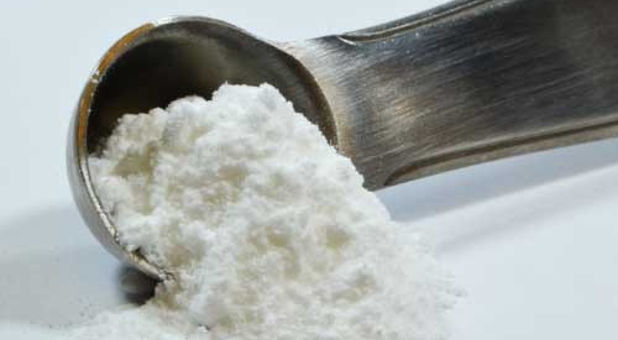The death of a teenager in Ohio is putting a renewed focus on the dangers of powdered caffeine.
Logan Stiner, 18, the prom king at an Ohio high school, died of cardiac arrhythmia and a seizure after overdosing on the substance. After his sudden death on May 27, more than 70 micrograms of caffeine per milliliter of blood were found in his system—about 23 times the amount in a typical coffee or soda. His mother found several bags of caffeine powder in the family’s home after his death and had no idea he was using the substance.
Students had been warned during prom and graduation season about the dangers of heroin and prescription painkillers, but no one thought to alert the teens about a substance found every day in coffee, soda and chocolate.
Dr. Karl Benzio, founder, executive director and a psychiatrist at Lighthouse Network, an addiction and mental health counseling helpline, says the brain’s circuitry is adversely affected by caffeine in general—even in small amounts—so the easy availability of these potent pure caffeine powders should be alarming to parents.
“When kids use caffeine, their brain chemistry is affected at an early age,” Benzio said. “Soon, they will psychologically need that jolt to start their day. Over the past few decades, we’ve seen a 70 percent increase in caffeine consumption among children and adolescents. Even kids in middle school are drinking coffee on a regular basis. When the need for alertness gets out of control, teens can turn to stronger, more dangerous substances, and the results can be tragic, as in Logan Stiner’s short life.”
The FDA is currently investigating caffeine powders and has said it will “consider taking regulatory action.” The agency is also cautioning parents that their kids could be drawn to the substance. Powdered caffeine, often sold in bulk, is nearly 100 percent pure caffeine and is easily purchased online.
Because it’s sold as a dietary supplement, caffeine powder is not subject to the same federal regulations as caffeinated drinks and food. It’s routinely used as a pick-me-up or to help with weight control. A tiny amount—just 1/16 of a teaspoon—can contain about 200 milligrams of caffeine, which is the equivalent of two large cups of coffee. A teaspoon, which can contain up to 3,200 milligrams of caffeine, can kill. Symptoms of caffeine overdose can include rapid and erratic heart rates, seizures, vomiting, diarrhea and disorientation.
This isn’t the first time the dangers of caffeine have made headlines. Last year, Wrigley stopped the sale of Alert caffeinated gum after talks with the FDA. And in 2010, the FDA forced manufacturers of alcoholic caffeinated beverages to stop producing the drinks.
Highly potent energy drinks are also under scrutiny, with ER visits related to energy drinks doubling from about 10,000 in 2007 to more than 20,000 in 2011. Benzio said that there are multiple lawsuits in the works, including two in Oregon and Washington, over five-hour energy drinks.
Benzio added that one energy drink, XS, which packs 83 mg of caffeine, is sold in 8.4 ounce cans because, according to the manufacturer, “this size is very comfortable to hold, especially for children.”
“About half of kids as young as 6 years old often consume more caffeine in a single day than is recommended for adults,” Benzio said. “Caffeine can be hidden in sodas, drinks and candies, and it’s another seemingly ‘harmless’ gateway drug. Our ADD-plagued society is more addicted to caffeine than to any other drug.”
Benzio said there are dangers past consuming pure caffeine powders. As the body’s tolerance for caffeine builds, it needs more and more to achieve the same effects—just like any other addicting drug.
“Our society uses toxic substances to meet a circumstantial need—such as staying awake or getting an energy boost,” Benzio said. “But after just three days, you don’t get that spurt because caffeine is an addictive substance. It’s a strong drug that plagues users with a heightened sense of being on-edge.”
Parents worried about kids and teens who are experimenting with seemingly harmless substances on their way to an addictive lifestyle may become overwhelmed, but help is available. And, Benzio adds, the most effective help for long-term recovery is a bio-psycho-spiritual approach to acute treatment and to longer-term preventive services that teach biblical decision-making skills to people of all ages, which will have a long-term transformational impact.
See an error in this article?
To contact us or to submit an article





















